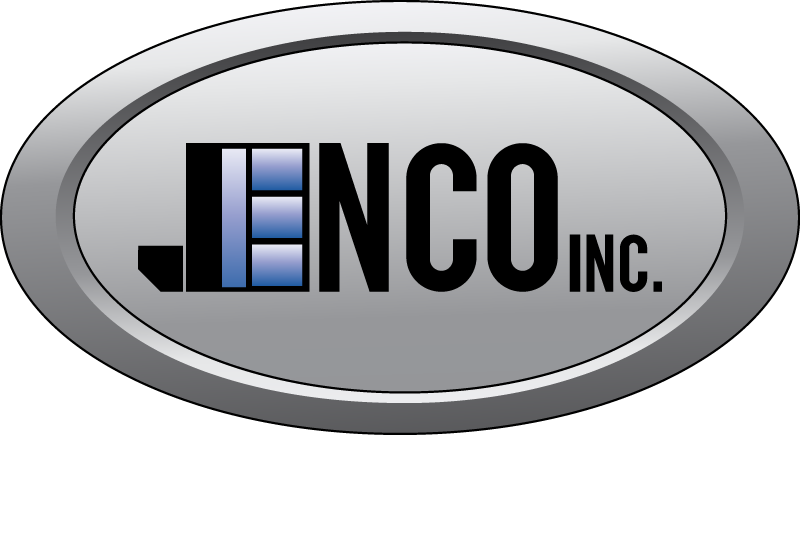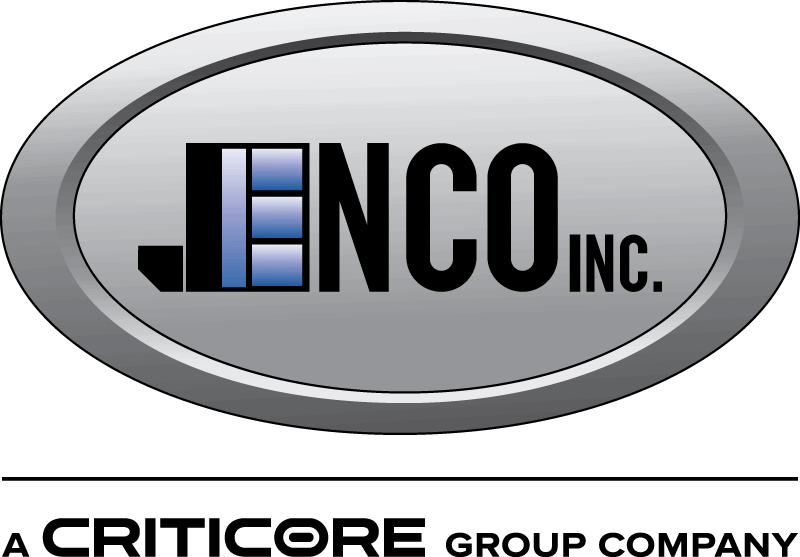Jenco’s
Always Everywhere Standards
Comprehensive Field Standards & Best Practices
1. Underground installations
- All underground 90-degree bends must be rigid and wrapped with Pipe Wrap Duct
- Tape (mil tape). Exception: SRP and APS secondaries require PVC sweeps.
- All underground raceways must be mandreled within 72 hours of concrete pour.
- Jet line must be installed in all underground raceways before concrete is poured.
- All underground conduits must be equipped with “flowerpots” to prevent debris entry.
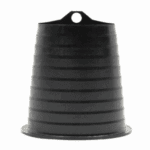
2. Panelboard & Conductors
- All branch conductors inside a panelboard must be no smaller than #10 AWG up to the first junction box.
- All branch wires smaller than #4 AWG must be color-coded per NEC. Phase tape is not permitted.
- All feeder wires must be color-coded per NEC. Phase tape is not permitted. If used, it must be ringed out.
- If color-coded wire is not available, only black conductors may be used for phasing purposes. In situations where one or more conductors in a 2- or 3-phase pull are unavailable in the correct color, all conductors for that circuit
must be pulled in black and properly identified using phase tape. This ensures consistency, clarity, and compliance during inspection and troubleshooting.
- When identifying conductors using phase tape, a 2- to 3-inch continuous band of tape must be applied immediately adjacent to each termination point. This ensures clear identification, uniformity across installations, and adherence
to best practices for safe and accurate field verification.
- Only black conductors may be re-identified for phasing.
3. Panel & Disconnect Mounting
- All panel cans must be mounted so that the top is at 6′6″. Exception: Applies to cans taller than 6′5″.
- All disconnects must be mounted at a consistent elevation.
4. Splicing & Terminations
- Crimp-style heat-shrink butt splices are not permitted on 120V and above. Acceptable alternatives: Wire nuts or inline Wago connectors.
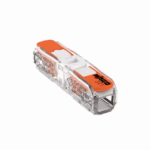
- No splicing is allowed on feeder conductors.
- All #10 or smaller conductors must be terminated using lever-type Wago connectors.
- Fine-strand conductors must be terminated using ferrules.
5. Bonding & Grounding
- All bonding wires must be installed in raceway chases extending up to building steel.
- When bonding in metal chases, grounding hubs must be used at both ends.
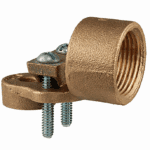
6. Box Installations
- Do not bend back “helicopter” brackets when entering the rear of suspended electrical boxes.
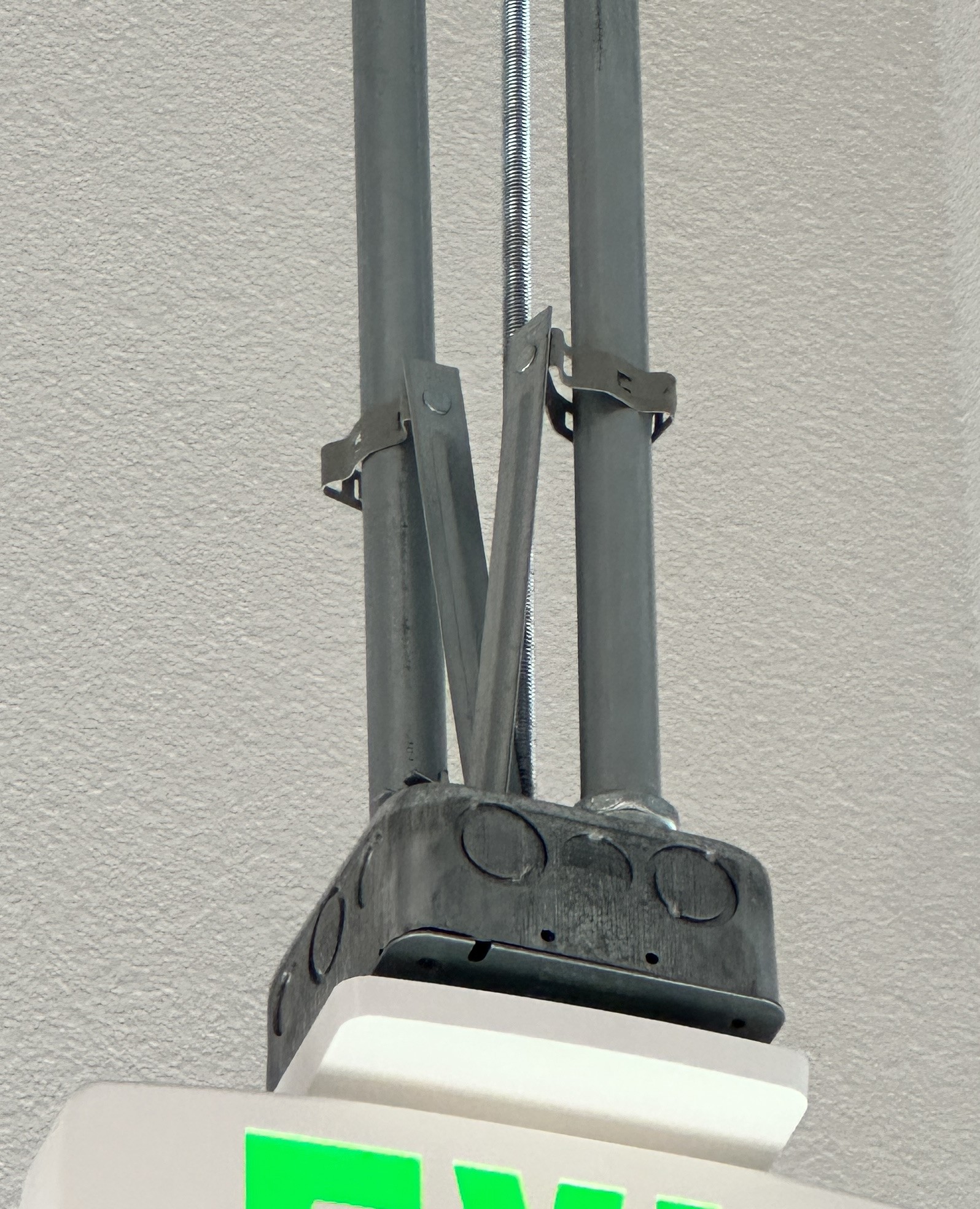
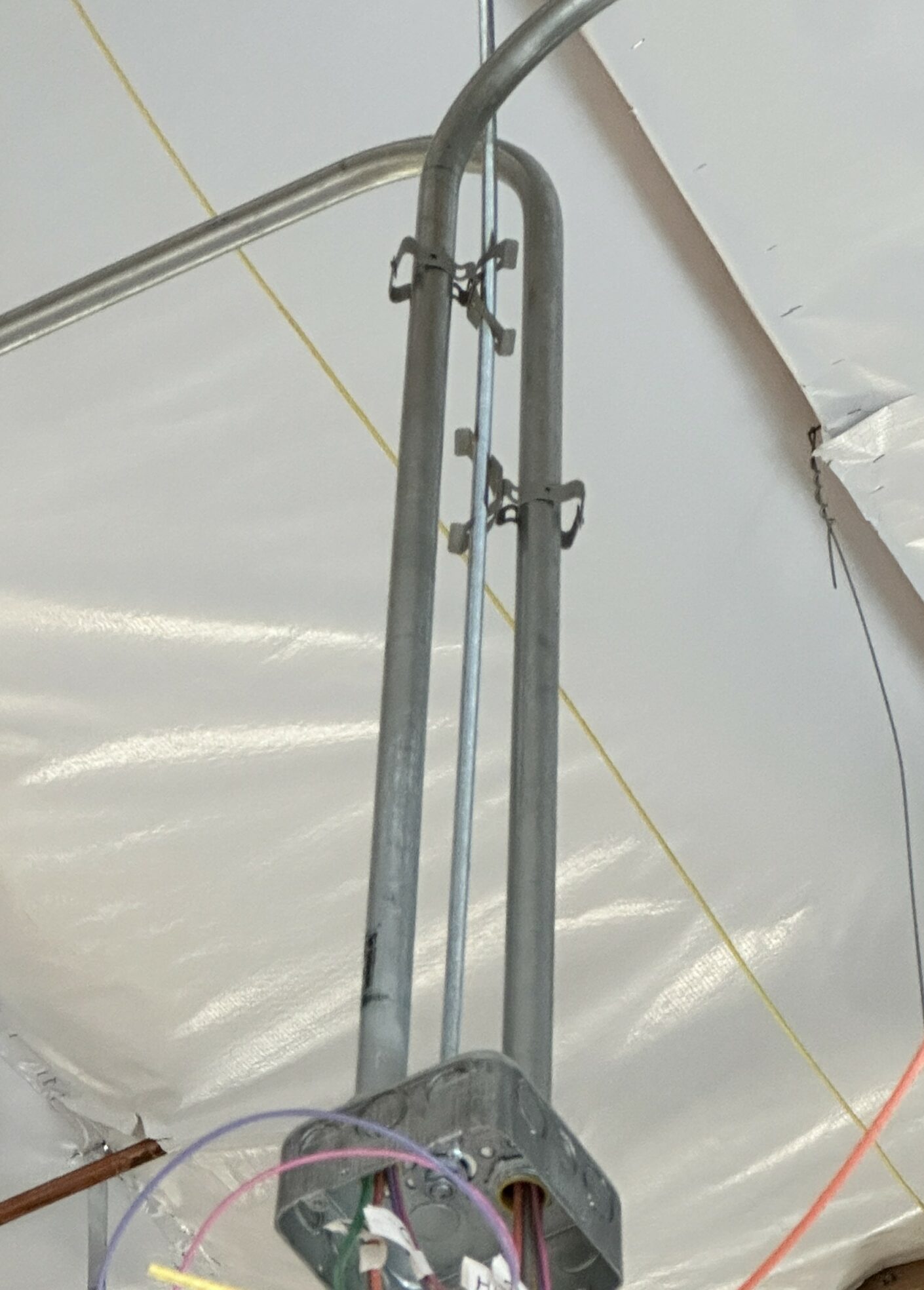
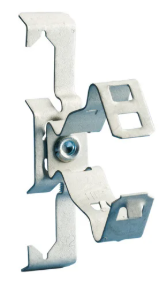
- Use Snap-Close conduit-to-rod/wire clips for a durable and cost-effective solution.
- For suspended ceiling boxes: extension rings and box fill must be verified and adjusted as needed.
7. Raceway Standards
- Raceway installation shall begin in the electrical room and extend outward.
- All feeders must be megger tested and documented (include size and amperage).
- Minimum conduit stub height: 12 inches.
8. Conduit & Transition Requirements
- EMT-to-Flex transitions must be made using EMT-to-Flex connectors only. EMT-to-Rigid-to-Flex transitions are not permitted per NEC.
- Minimum EMT size: ¾″ (A.S.)
9. Wire Management
- All zip ties must be support-rated (Type 21S or equivalent).
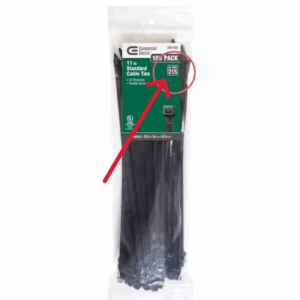
- In plenum spaces, only plenum-rated and support-rated zip ties are allowed.
10. Low Voltage Requirements
- KO bushings for low-voltage wiring must be the type that grips and secures the cable.
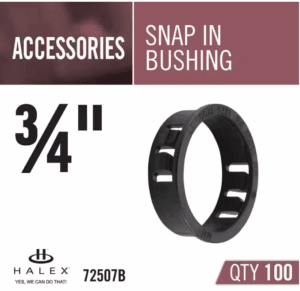
Not hollow pass-throughs.
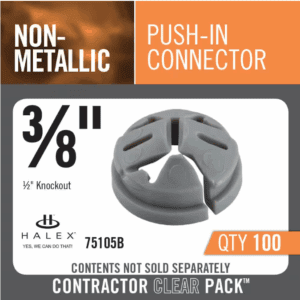
- Data stubs must be installed at consistent elevations within each room.
11. Additional Standards
- Weatherproof wire nuts are required in all light pole bases.
- When coring, x-ray scanning is required if post-tension cables are present on-site.
